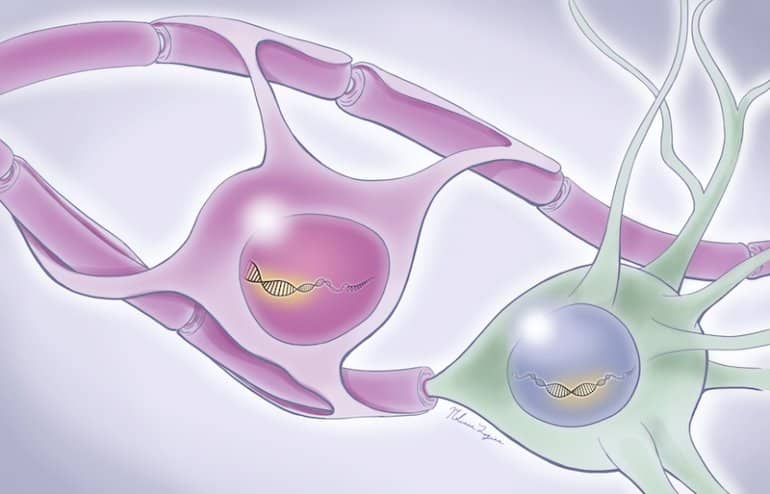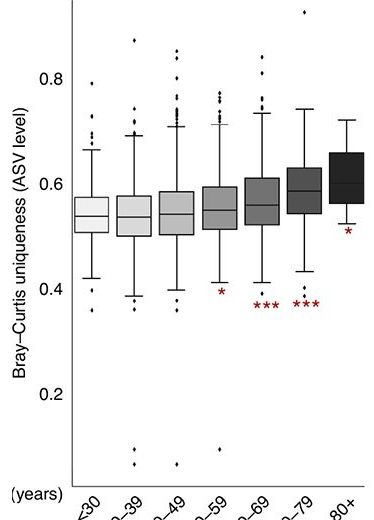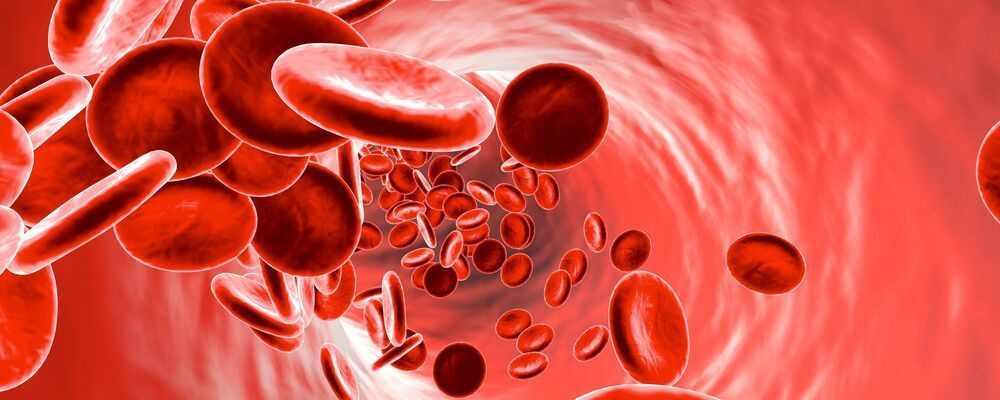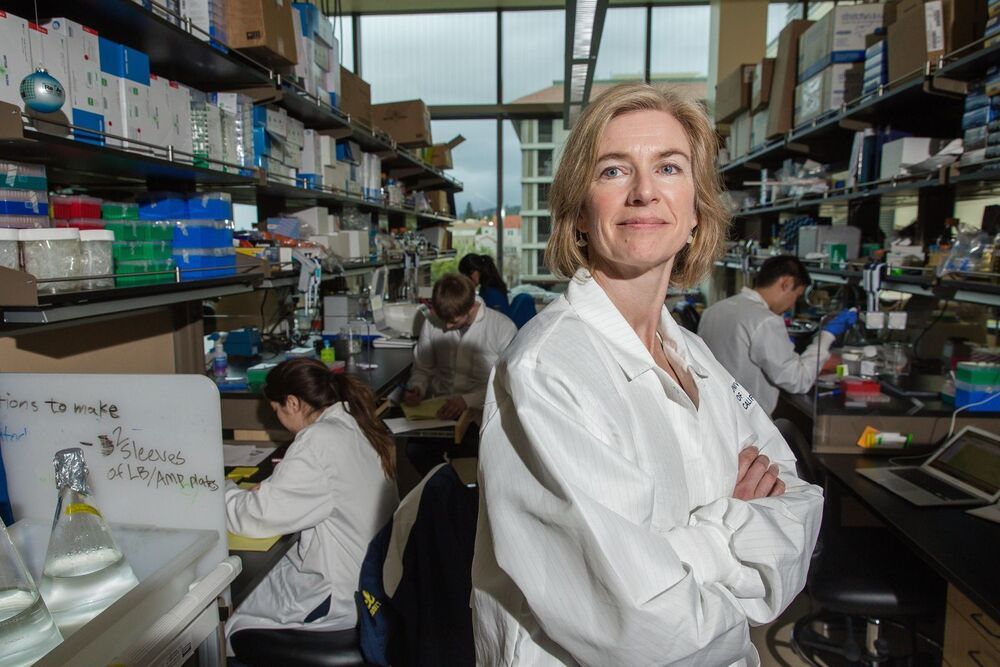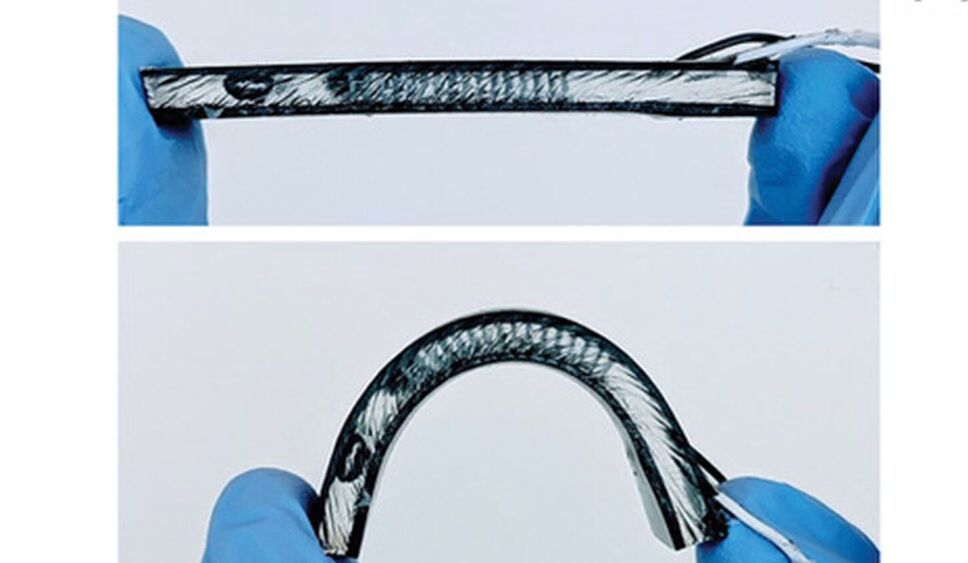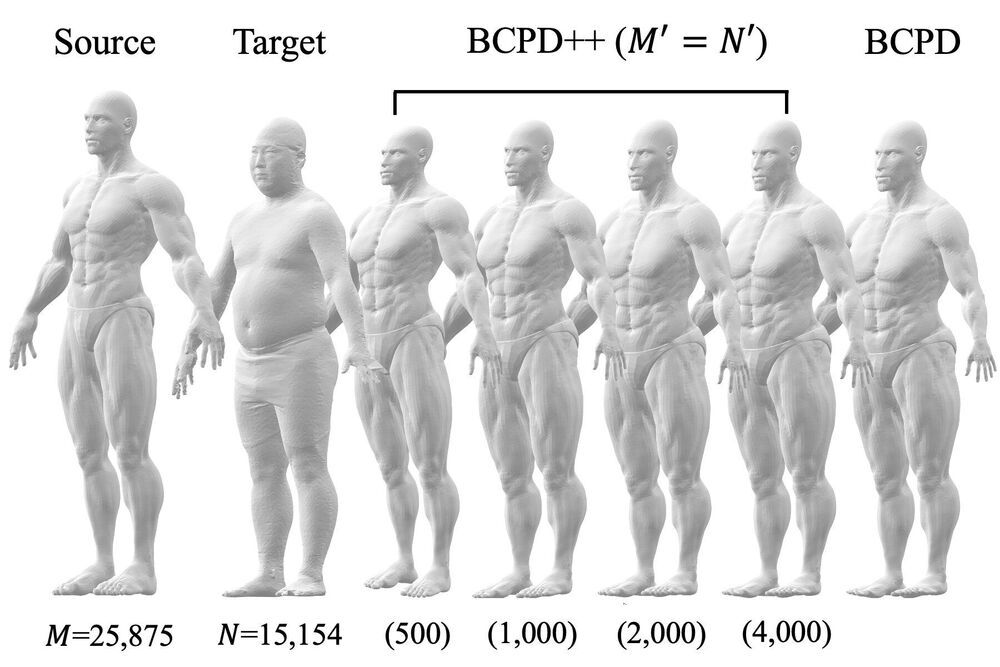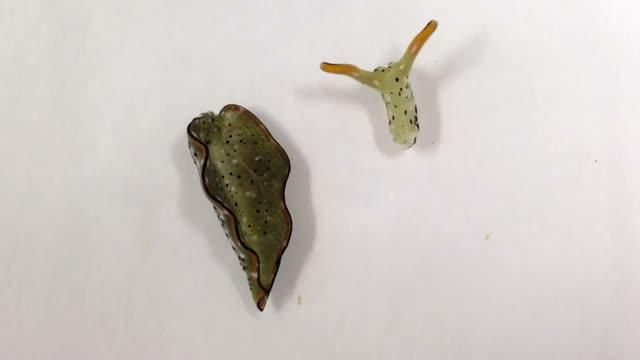Mar 11, 2021
A new strategy for making blood stem cells healthier
Posted by Paul Battista in categories: biotech/medical, life extension
The hematopoietic (blood-forming) stem cells (HSCs) residing in our bone marrow produce all of our blood cells, including key immune cells that protect us from bacteria and viruses. As we age, our HSCs become less efficient and less able to make healthy new blood cells. In a study published online today in Nature, researchers at Albert Einstein College of Medicine have found that this reduction in HSC efficiency is caused in part by the deterioration of chaperone-mediated autophagy (CMA), the housekeeping process that removes damaged proteins and other waste materials that interfere with cells’ ability to function.
“While the aging of HSCs in our bone marrow is inevitable, the good news is that it may be reversible,” said co-study leader Ana Maria Cuervo, M.D., Ph.D., professor of developmental and molecular biology, of anatomy and structural biology, and of medicine, and the Robert and Renée Belfer Chair for the Study of Neurodegenerative Diseases at Einstein. “Our studies in mice suggest that drugs we’ve developed at Einstein can activate CMA and potentially restore the vitality of HSCs in older people.”


